If you’re new to pickleball, it’s worth asking “how long do pickleball paddles last?”. They are a major purchase into the world of pickleball, so it’s reasonable to have a ballpark.
Pickleball paddles last a year for most players depending on their quality, your handling, and your frequency of play.
In this article, we’ll dive into everything you need to know about paddle longevity. How to prolong your paddle’s life, the factors affecting durability and much more.
Enjoy!
Do pickleball paddles wear out?
Yes, pickleball paddles wear out. Would be amazing if they didn’t.
Pickleball paddles are made from different materials that suffer wear and tear over time due to frequent contact with pickleballs. Wood, fiberglass, graphite or even carbon fiber paddles degrade over time.
Also, different parts of a pickleball paddle wear out too: at different rates. The grips, paddle surface, core material and even edge guard will all deteriorate with usage.
How long do pickleball paddles last?
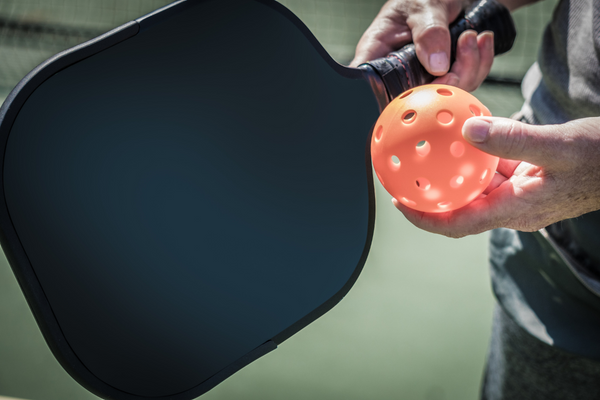
In my experience, most pickleball paddles last 8 – 15 months.
Some people can get their paddles to last more than 2 years, even 3 years, but that’s definitely the exception rather than the rule.
It’s also interesting to note that most warranties on pickleball paddles are between 6 – 12 months. So, it’s safe to assume the optimum working condition of your paddle is expected to be around a year maximum.
Obviously, the quality of the paddle, individual play style, and paddle care affect how long your pickleball paddle will last.
Factors that affect pickleball paddle longevity
There are 7 major factors that affect pickleball paddle durability:
Frequency of play
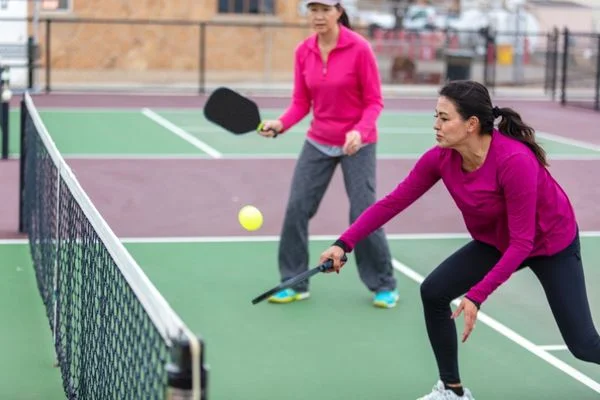
Once a day, once a week or once a month? Your pickleball paddle will definitely wear out much faster with frequent use.
The pickleballer playing 5 days a week should expect the average paddle to last around 6 months, while a weekend warrior can use her paddle for a year or even 18 months before needing an upgrade.
Pickleball paddle materials & durability
Pickleball paddle material matters! Some materials last longer than others, while some materials wear out faster than others.
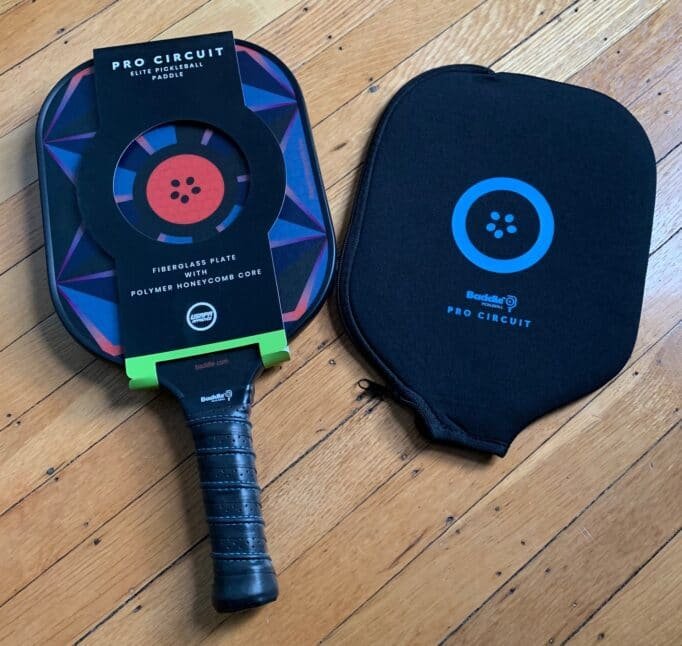
On a pickleball paddle, we’ve got:
- Paddle grip & handle
- Paddle face & edge guard
- Core material
The paddle face has the more wear and tear potential as it is frequently hit by the ball on serves, rallies, dinks and volleys. While, the core material absorbs secondary impact after the ball has made contact with the face.
The handle and grips make contact with your hands & sweat so they have less wear and tear potential, but sweat provides more potential moisture damage to these parts than to the paddle face and core material
Paddles can be made from a number of materials. The most common materials used in pickleball paddles are:
Wood
Most durable. Usually used for beginner & kid paddles so it has to be able to take more damage. The very first pickleball was made of wood.
No products found.
Graphite
Some of the most expensive paddles are made of graphite like the Gamma Compass. Textured graphite is often used for paddle faces.
These paddles are expected to give more precise control over shots. Unfortunately, these paddles are less durable than wooden paddles.
No products found.
Plastic
Most paddles use some form of plastic fiber as their core material: polypropylene honeycomb, poly core, nomex.
Composite
Other paddles like the Head Radical Elite have composite core material. This just means that a combination of materials were used to create the core to give the paddle unique properties either power, control, vibration reduction etc. These could include fiberglass, carbon fiber etc.
All these materials on the different parts of the pickleball paddle degrade at different rates so you may have to fix some parts e.g handles & grips before your paddle is dead.
The good news is as long as your paddle’s sweet spot and surface are fine, you should be able to continue using your paddle with minor fixes along the way.
No products found.
Play style
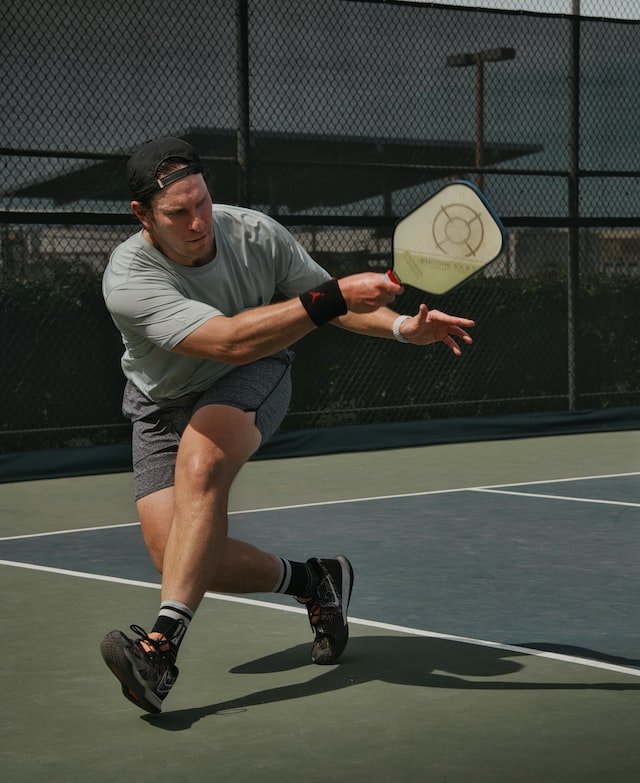
Are you a power player or more about finesse and control? These choices affect your paddle durability. A power hitter will punish the paddle much more than a conservative pickleball player. This extra punishment speeds up paddle wear and tear.
Paddle care & TLC
If your pickleball paddle was on trial, would it say you’re a caring owner?
Do you slam, smash or throw your paddle about? Do you clean them when dirty? Do you store them in a pickleball bag or use paddle covers?
Giving your paddle some tender, loving care will extend its useful life significantly, while the careless owner will shorten its lifespan.
Temperature exposure
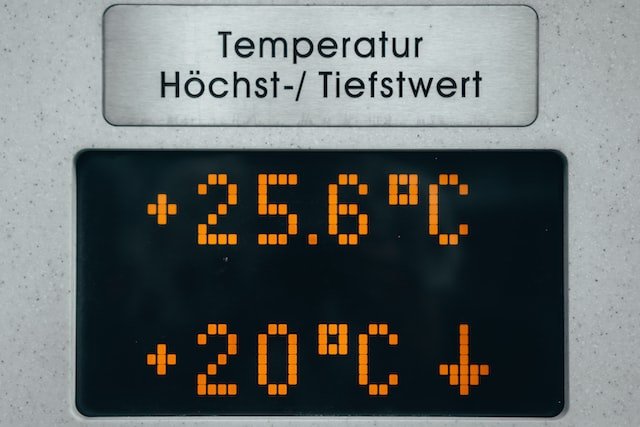
The optimal conditions for your pickleball paddle is room temperature. 70℉ (22℃) or thereabouts.
Storing your paddle in your car seat, trunk or dash and exposing it to high temperatures may lead to expansion, delamination and deterioration of paddle face and the plastic bits especially (core material).
Use paddle covers and pickleball bags to store your priceless paddles appropriately.
Weather damage

Inclement weather can have a major impact on your paddle durability. If you frequently play pickleball in the rain or extreme conditions (cold or hot).
Rainy conditions can lead to moisture seeping into the core of your paddle, thus damaging it. Cold weather causes wood and plastic cores in your paddle to contract, leading to cracks.
Standard wear and tear
There’s nothing you can do about this. No matter how much you care for your pickleball paddle. Over time, it will wear down. It’s just part of pickleball life.
13mm vs 16mm pickleball paddle: Does core thickness really matter?
How to know when it is time to change your pickleball paddle
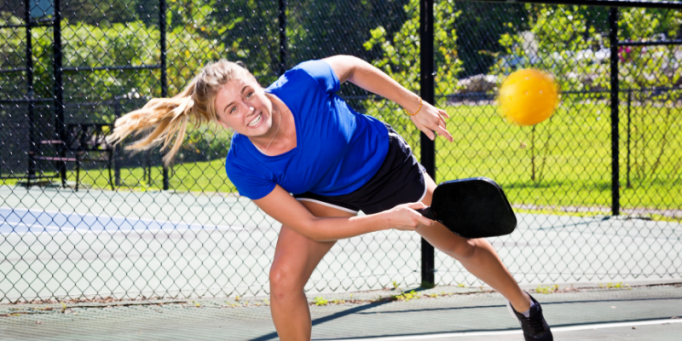
You should change your pickleball paddle when it’s impacting your game AKA losing you points.
Here are a bunch of intuitive tests to know whether it’s time to replace a paddle:
Sound test
The easiest way to notice that something is wrong with your paddle is the sound. Pickleball noise is a topic on its own, but any pickleball player knows how the paddle sounds when a pickleball hits it, especially in the “sweet spot”.
The pickleball sweet spot is the central part of your pickleball paddle where your shots are faster, precise and predictable.
When you hit a shot from the sweet spot, it just “feels” right.
If the sound upon contact with your paddle is different than what you’re used to, it’s a sign. Check if there are any issues with your paddle face.
NOTE: In general, the sound in the middle of your pickleball paddle should sound hollow and loud, while the edge or perimeter of the paddle should sound dull and muted.
Another rudimentary sound test is to use your knuckles to test the sound on different parts of the paddle from the center to the edges.
If the sound is similar in the center and on the edge, you should consider getting another paddle.
Control test
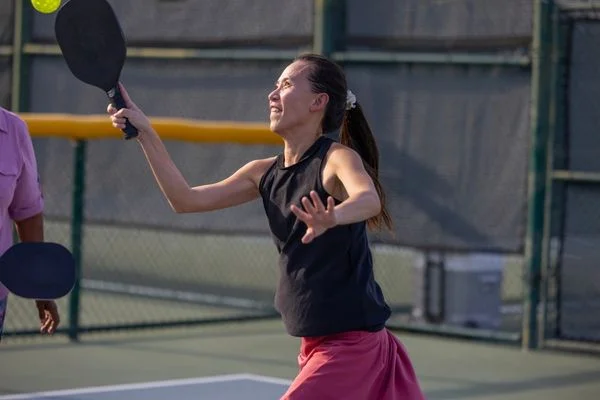
The control test should be checked during gameplay or drills. Are you recently finding it difficult to control or place your shots?
If so, you might need to perform a feel test to check the surface of the paddle for any dents or cracks.
In general, when you are unable to consistently control your shots like you used to, it’s time to replace your pickleball paddle.
Feel test
When you’ve got control or sound issues with your paddle, it’s time to inspect its surface. Run your fingers or palm thoroughly over the paddle face.
If you notice any major unevenness, this may be the cause of all your problems. It’s officially time to change your pickleball paddle.
Visual test
This is simple. This could be done first or last, but actually examine your pickleball paddle to see if there’s any deformity you can see.
If you can see any issues in this spot test, determine if it’s minor (needing a repair) or major (irreparable).
Yes, pickleball paddles can be repaired. If it’s major damage, congrats! Lol. Time to upgrade your paddle.
No products found.
How to make your pickleball paddle last longer
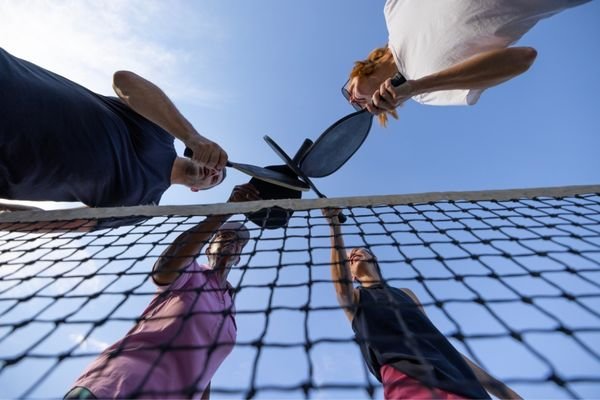
Here’s 7 ways to improve your paddle’s lifespan:
- Store in pickleball bag or paddle cover
- Store in room temperature
- Avoid moisture / direct sunlight or inclement weather
- Clean paddle after each use
- Don’t throw or slam paddle
- Avoid clinking
- Maintain paddle grips
Note: Clinking is when you “handshake” with your paddle.
No products found.
That’s a wrap. That’s all on pickleball paddle durability and the factors affecting it. Also, with our tips, you should be able to take great care of your pickleball paddle and extend its lifespan.
If your paddle isn’t acting right, use any of the 4 tests to check if there’s any structural damage. If there’s any issues, you can choose to either repair or upgrade your pickleball paddle.
Thanks a lot for reading. Cheers!
Last update on 2024-07-27 / Affiliate links / Images from Amazon Product Advertising API

